Ringing the church bells
The church bells at St. Jørgen’s Church are no longer heard because the vibrations created by the bells could damage the old steeple. In the 1700s, however, the bells rang several times a day.
Mayor Hilbrandt Meyer writes in his description of Bergen from 1764 that a cord hung from the bell down into the church, where one of the residents would pull it when it was time to ring the bell. He goes on to describe how, in summer, the bell would be rung at 7 o’clock in the morning, 5 o’clock in the afternoon and 8 o’clock in the evening. In the winter, it would be rung at 8 o’clock in the morning and at 5 and 7 o’clock in the afternoon. It was also rung for church services every Sunday, and whenever someone had ordered bellringing for a funeral. Wealthy families would order bells to be rung from several churches in connection with funerals.
After the death of Queen Louise in December 1751, the bell was rung for ‘the Queen’s corpse’. The church bells rang for one hour every day from 13 January until 9 February 1752, a total of 28 hours. They also rang for a full three hours on 10 February. This provided income for the hospital. It must have been quite a special and perhaps somewhat intense month for those living at the hospital. One thing is certain, they didn’t forget the Queen’s death during that month of ringing.
The church and the bells have thus been an important part of everyday life at the hospital. The church bell was one of the things that created a daily rhythm, both in the hospital and in the area around it.
Read more about the church bell here.
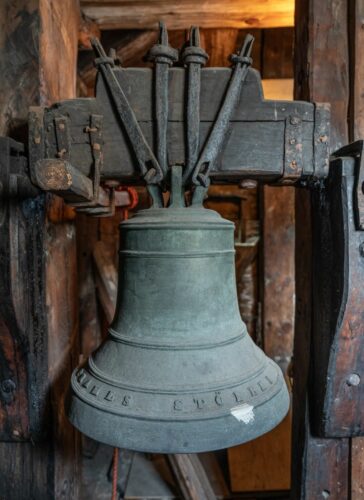
Photo: Bergen City Museum.
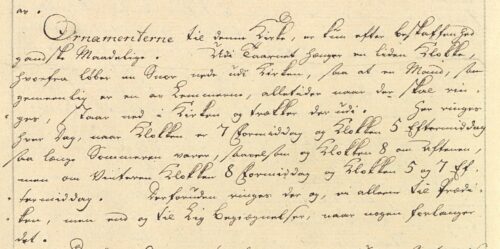
Bergen City Archives.
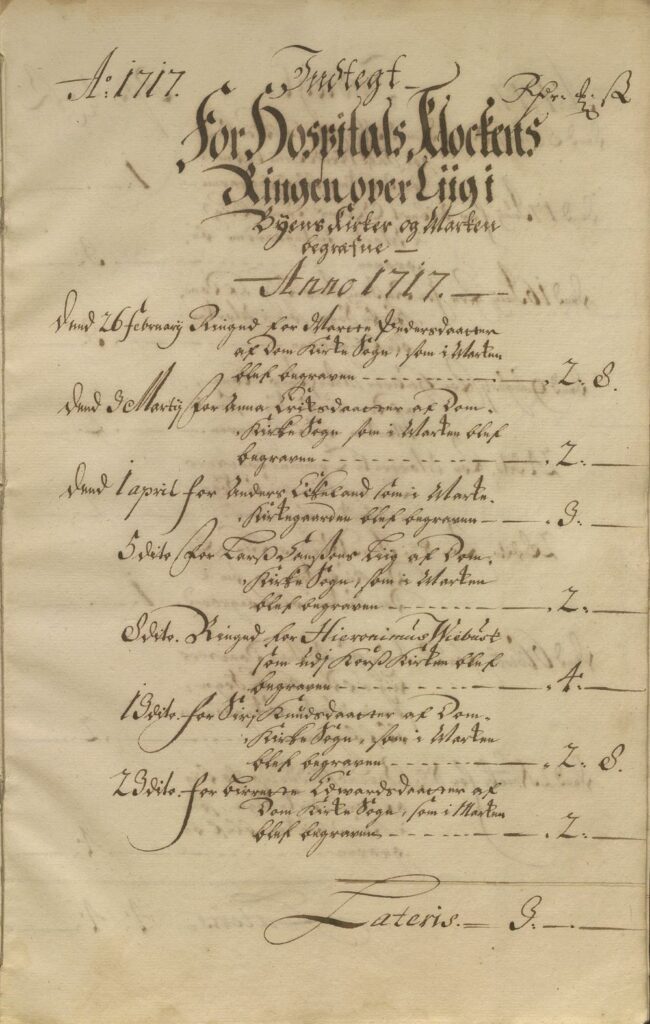
The Regional State Archives of Bergen.
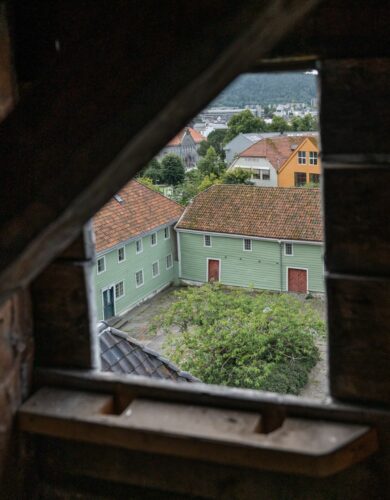
Photo: Bergen City Museum.
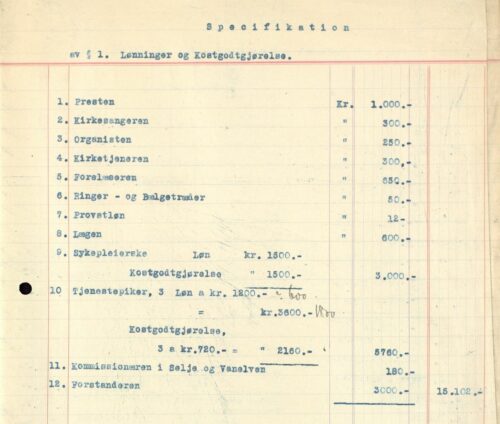
Bergen City Archives.



